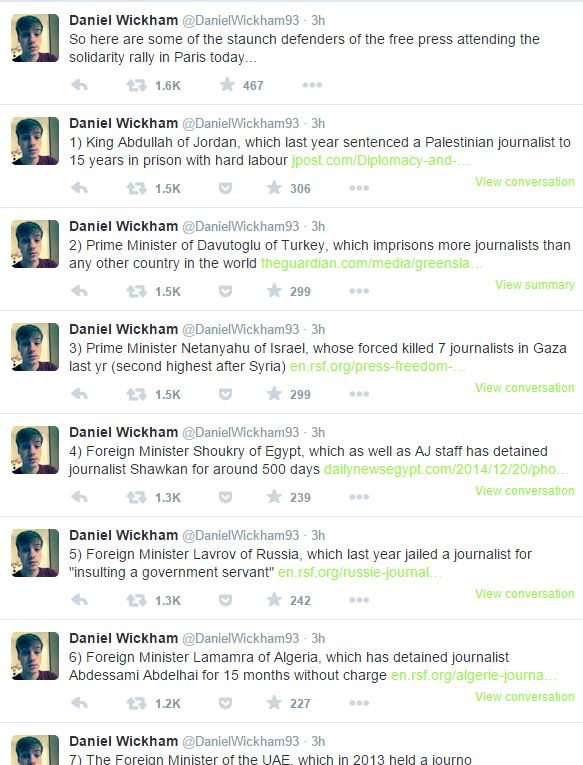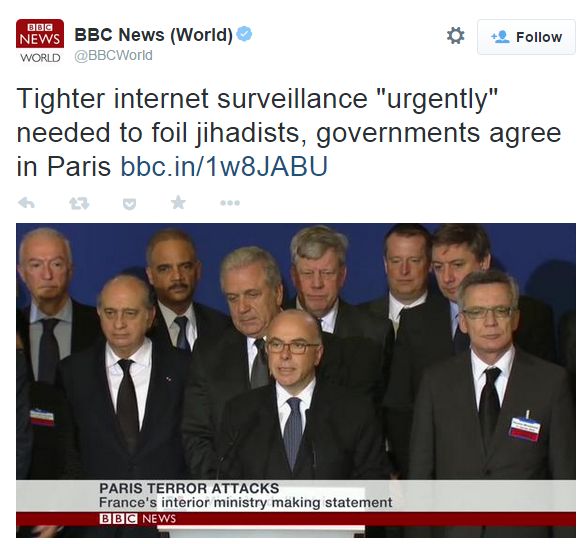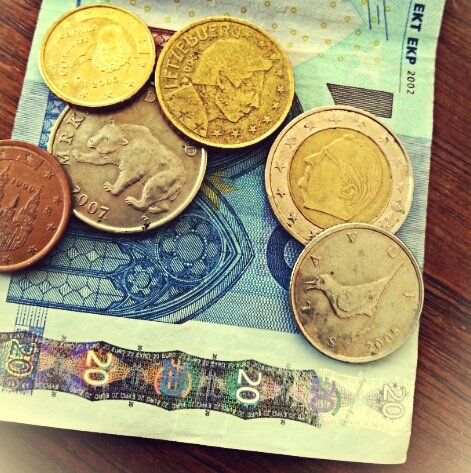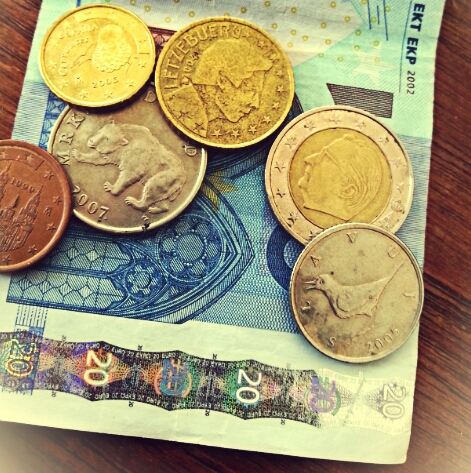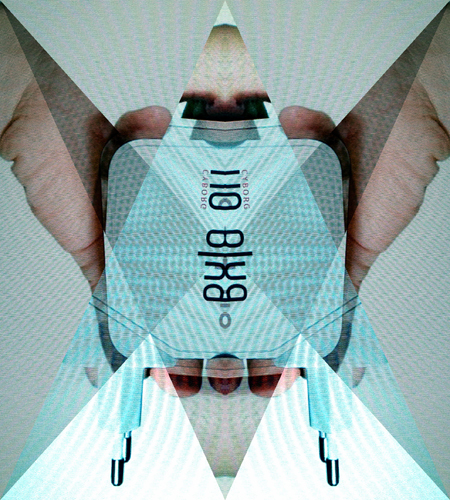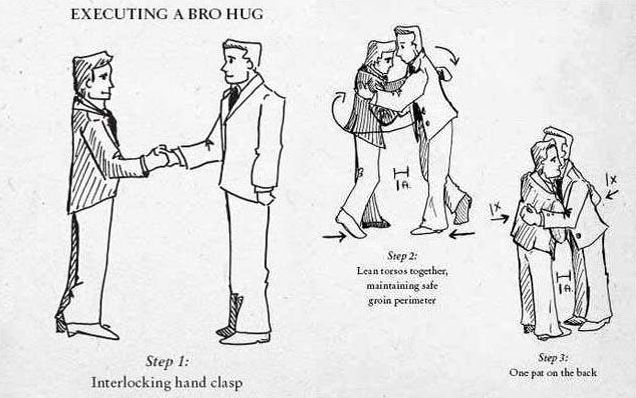“and since we live in present tense
the only hope of making sense
all depends on the source of light” Fugazi
In his text “Homo selfiensis” Hans-Jürgen Arlt interprets the selfie as expression of what he calls “PR-Society”: a society that is dominated by striving for success by self-promotion. In quite a mental leap he picks journalism as the opposite of selfies because it doesn’t conform to the wishes of the photographed. Instead of that, he says, journalism follows independent criteria like “closeness to reality” and “collective relevance” (translation by me). As a selfie doesn’t have the same objectives as journalism it is no surprise he finds it lacks them but I find it somehow surprising that he condemns them for that lack.
But let’s be game, just for fun: Is what he criticises even speficic for the problem? Yes, selfies are staged. Yes, they only pick a segment of a situation and one that shows us in the light of our choice. That is not specific for selfies though. You can say the same about an anecdote we tell about ourselves: In it we also just chose a certain part of an event and might leave out things that could embarass us. Let’s look at it from the other side: What about journalism? News pieces also are hardly ever independent and they also often show just one perspective on an event. Not just when journalism goes commentary but as soon as it selects topics and leaves out others, and by what and who gets and what and who does not get mentioned in an article. It is typical of old school journalism to pass this as objectivity. That has worked out fine for a long time because if you take a perspective that is very common it gets almost invisible, or rather: all the other possible perspectives get invisible. But that does not justify a claim on objective truth. This is what gets clearer and clearer in our social media era, in which people with different perspectives have ways of expressing their criticism loudly. (So sorry, Chait.) What about photography and objectivity? We live in the days of Photoshop and Instagram filters and staged press pictures (just think of the latest fiercely criticised one, that showed government leaders heading a Charlie-Hebdo march in Paris). Of all those, to pick out the selfie as example for the loss of authenticity by self-promotion is weird. To conjure up the photographer as an entity that by it’s sheer presence magicly manufactures objective truth to a portrait in contrast to a selfie sounds too much like lamenting old boy’s journalism. You know, the kind that a couple of years ago complained about the dubiousness of blogging and today feels the loss of its exclusive control of the relevant perspective approaching by social media posts. In The silent revolution Mercedes Bunz describes a shift in the relationship between truth and facts: truth no longer is what lasts. The digital fact changes fast and constantly because it gets updated all the time. The absence of those fixed points that we were used to can be unsettling.
Truth no longer is what lasts.
In a review of The silent revolution (testcard, #24: Bug report) I summed up: “The polyphony, the multitude of the voices on the web makes a new kind of objectivity possible: the quality of the digital public’s truth is the immediacy of a lot of different voices – a pluralism that asks us to form our own opinion. Instead of trusting a single perspective that was vouched for by experts (journalists, historians, etc.), the recurring report from a lot of different sources has become the new criterion of truth. The active inclusion of the recipient is a central feature of the digital public.” The kind of journalism Reported.ly does can be considered an interesting way of trying to get a grip of this. Bunz also writes on the change of journalism’s role. “She says there hasn’t even been a real balance between press and politics in the past but that in today’s modern media democracies the positions have shifted even further apart: The media have turned into businesses, politicians use them for image work, media moguls strive for political regulations that are favorable for them, in short: conflicts of interest can be found everywhere, everyone is depending on everyone, everyone profits from everyone. Bunz could imagine the digital public, the smart mob (a term she borrowed from Deleuze and Guattari), as regulatory body. (I would be interested if she still thinks so when considering filtered timelines, and reactions of governments and social networks as Zeynep Tufekci described them in her latest paper, wrapped up here by Matthew Ingram.) What I also found interesting is Bunz’ claim that journalism’s attention logic is quite obsolete. While it still is focussed on events and breaking news the digital public gets driven by user interests: ‘If a message is important it will find me’, as Bunz describes it, pointing to Chris Anderson’s longtail theory of semantic niches. Recurring topics are not only meaningful as viral communication but also as criteria for truth.” That journalism mostly just applies viral logic to spreading its news and establishing its brand is a move into a questionable direction.
Selfies don’t exist outside of social media, the problem with selfies does.
Let me get back to selfies. Arlt assumes that in a selfie you are free to present yourself just as you like. That is a wrongful assumption. He neglects that the circulation in social networks is part of the selfie, it can’t exist without it. A self portrait is not a selfie. So a selfie always is staged to function in the logic of social networks. When we make a selfie we imply/apply the look and likes of the others. Selfies are pictures that instead of our view on a situation show us in a situation or pose. The can simply use our facial expression as non-verbal comment on a situation we’re in. Self-performed as meme. And the selfie always points back out of social media, back to us, points out that self-performance is not a specific phenomenon of the web. I don’t have to go to the level of the self only existing in its performance, which is pretty complex for most people. Let me try a simpler approach. Etiquette, rules of interaction, broad consensus on appropriate clothing for a variety of occasions, of genders, of body shapes – so many default settings tell us how we have to stage ourselves. At the same time we are expected to perform in a way that doesn’t show that we are performing. Fake it as if we mean it. Get caught while you are styling yourself and you can fall victim to mockery. Not that different from the public’s scorn that media and government leaders had to suffer for the staged picture at the Charlie Hebdo march I mentioned earlier.
Social media makes the tension visible that comes with the slow change of our understanding of truth and identity performance.
Actually we should thank social media for making the tension visible that comes with the slow change of our understanding of truth and authenticity and staging and performance and for sparking discussions. Precisely because this topic is not restricted to social media. Especially in social media though, deliberate lustful self-performance gets criticised. Criticising selfies often is nothing but an effort to claim control over how people depict themselves, and women and youth get the most of that. If the selfie-critics – who mostly take a male perspective – would stand up just as loudly against other omnipresent depictions, let’s say of sexistly objectified women, as they do when it comes to women’s selfies I maybe might take their criticism somehow serious. But most of the time they only call selfish what is not regulated by and for the dominant gaze of society. That just said to mention at least one problematic facet.
Arlt’s text shows how much criticism of selfies is about the fear of losing definatory power when he writes: “Self-marketing as requirement for economic existence and social career: No rental flat, no job, no application, no relationship without ‘selfie’, without approving the production costs of best possible self-representation. But these shows stay under control of the people that are present and can intervene.” (clumsy translation by clumsy me) For him self-marketing/self-performance is fine as long as there is a kind of supervisory body who can intervene. Says Arlt: because with an “unexpectedly interposed question” the “truth” can be revealed. A “truth” that he links to “efficiency” of all things. (I’m struggling how to translate “Leistung” in this context, secretly LOLing at the possibility of using “performance” and having this whole text collapsing over me. Tempting. But “efficiency” seems to carry that special german cultural background best.) As if self-promotion wasn’t about efficiency. How much Arlt believes in an impartial truth, in an authentic identity behind such fake stagings of ourselves, is especially well expressed in one picture he uses: he laments “the public as a tugging between obscuration and exposure”. I would say that this is exactly what truth is: it is an infinite approximation that emerges within a play of a variety of perspectives which shed light on one detail while casting a shadow on another. I find it amusing how much Arlt’s “tugging” reminds me of the picture of a burlesque “fan-dance” Nathan Jurgenson took from Marc Smith to describe how our self-performance on Facebook works. It can be expanded to all kinds of self-performance, maybe even to all kinds of representations: we show sometimes more, sometimes less, show a different side depending on the context, and identity just like truth only emerges in this dance, only in motion, and is ever-changing. I guess Arlt would not find this very sexy.
Journalism does suffer from the belief that for monetary reasons there is no other possibility but following the logic of social networks.
It is not that I am not agreeing with parts of the criticism of journalism and society Arlt puts forth, else I would not have felt provoked into writing this post. The selfie part just does not make sense in the way he applies it. The navelgazing of journalism on social media and how self-PR-aware many journalists post there, only to stage themselves and their news brand – yes, this is worthy of criticism and misses out on how enriching social media could be for journalism. What Arlt’s post falls short of, is consequently thinking the critical points to their roots. There is the very german yearning for a time in which it was still efficiency that counted and not just self-performance for marketing purposes (and I guess he would see any form of social media strategy of journalism as such. And I would not totally be not disagreeing on that). There is the very manly yearning for a time in which people were blindly accepted as gatekeepers; when that one perspective could be sold as objectivity and other perspectives only appeared as pesky readers’ letters. But there is no conclusive tracking of the “compulsory self-promotion” to its causes, the causes just “are”. Instead he sidetracks his anger and fears to new cultural technologies which he does not really want to deal with.
Journalism does suffer from the belief that for monetary reasons there is no other possibility but following the logic of social networks. That is how articles get designed for speed and reach while aspects like depth and societal relevance get – when in doubt – sacrificed because they do not matter in those networks. My guess is that only when all social networks will have become publishers themselves, media will get to know if they gave up more than they won.
Tl;dr: The crisis of journalism results partially from the focus on “advertising, PR and entertainment” and the logic of social networks, somethingsomethingaboutidentiy, but: Please leave Selfies alone.
P.S.: Arlt’s text does not outrank my no. 1 of curious selfie-angst-articles, the weirdest one still is this one about selfies giving kids head lice.
P.S.P.S.: The german version of this is online at Socialmediawatchblog.org

